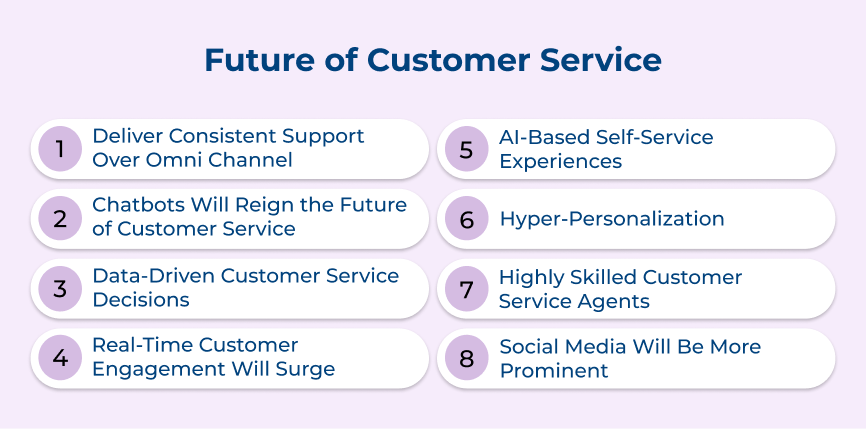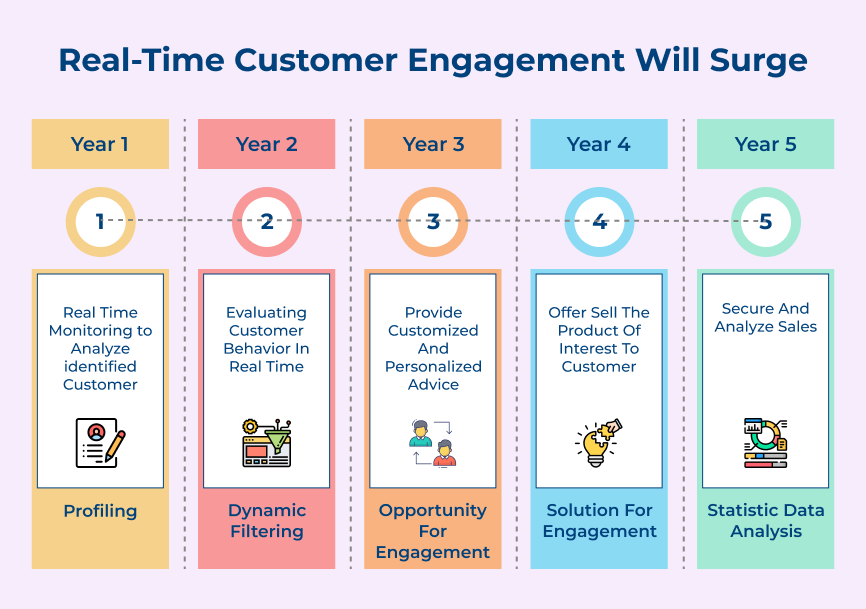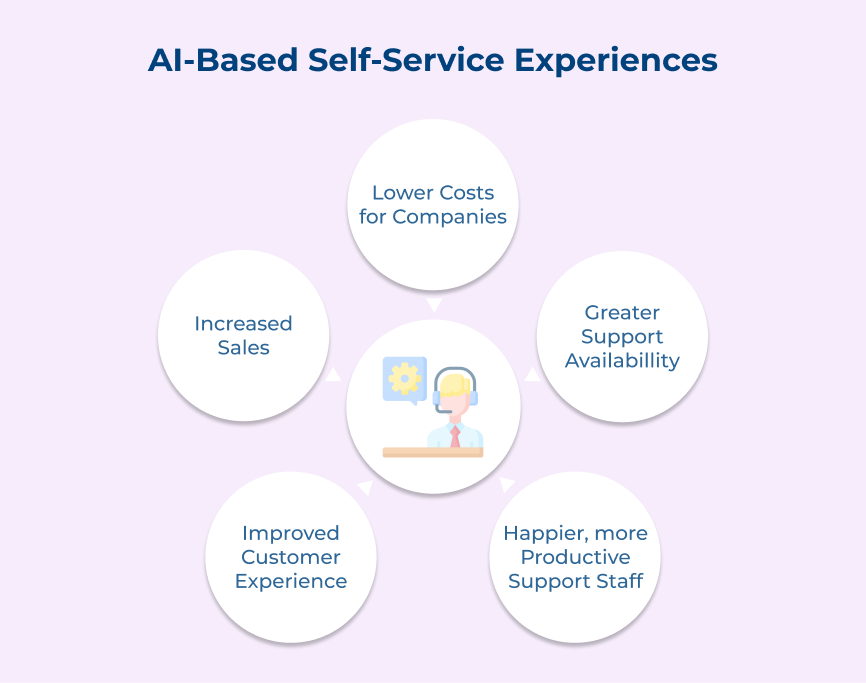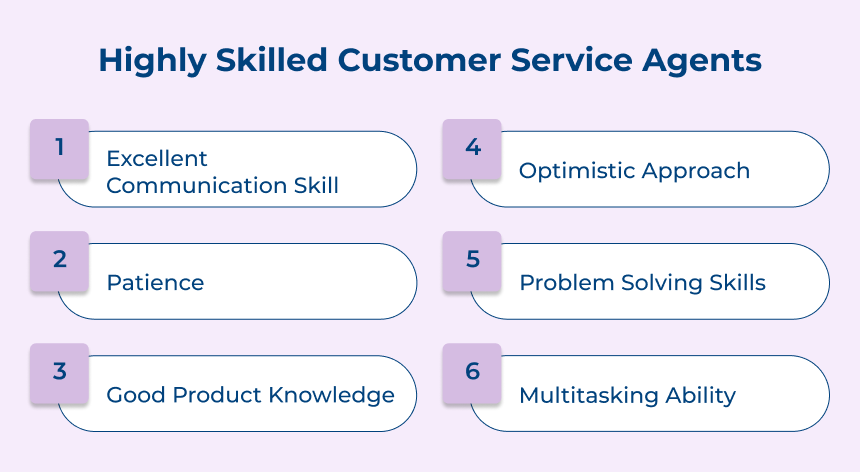1. Deliver Consistent Support Over Omni Channel
The future of customer service lies in delivering consistent support over omnichannel platforms. The trend involves providing a seamless, integrated experience for customers across various channels. It can include email, phone, social media and live chat.
A study by Salesforce shows that 75% of consumers expect a consistent experience across multiple channels. The statistic highlights the growing importance of the omni-channel approach in customer service. The trend enables businesses to meet evolving consumer expectations through various interaction channels.
How the omnichannel model will be the future of customer support:
- Seamless interaction: Improved customer experience with seamless interactions across channels
- Customer retention: Enhanced customer loyalty and retention through personalized support
- Efficiency: Increased efficiency and productivity for customer service reps by consolidating communication channels.
2. Chatbots Will Reign the Future of Customer Service
Chatbots are poised to revolutionize the future of customer service, providing businesses with a cost-effective solution. It helps in addressing customer inquiries and providing support. A study by Gartner shows that by 2022, 70% of customer interactions will involve emerging technologies.
An example of the use case of chatbots in customer service is a retail company using a chatbot on its website. It assists customers with product recommendations, order tracking and returns. The company was able to enhance the customer experience. They also increased customer loyalty by implementing a chatbot.
Trends that customer service bots are expected to adopt in the future include:
- Technology: Natural Language Processing (NLP) technology to enable more human-like conversations with customers.
- Integration: Integration with other technologies such as AI and machine learning to provide more personalized support.
- Multichannel: Multichannel support to ensure seamless communication across various platforms such as websites, social media and messaging apps.
3. Data-Driven Customer Service Decisions
Data-driven decision-making is becoming increasingly important. The trend involves using data and analytics to make strategic decisions. It enhances customer satisfaction and drives business growth. A study by Forbes shows that 76% of companies are using data to inform their customer service decisions. The number is expected to continue growing in the future.
The trend is significant because it allows companies to personalize the customer experience. It also anticipates customer needs and resolves issues more efficiently. One use case of data-driven customer service decisions is the implementation of predictive analytics. Predictive analytics uses historical data and machine learning algorithms to forecast future trends.
Key ways predictive analytics is making customer service more efficient in the future:
- Anticipating customer needs: Companies can predict what customers are likely to need by analyzing past customer behavior and preferences. It helps to proactively address those needs before they even arise.
- Improving issue resolution: Predictive analytics can help identify potential issues before they escalate. It allows customer service representatives to resolve them quickly and effectively.
- Personalizing the customer experience: Companies can tailor their interactions with customers to provide a more personalized experience. It helps in understanding individual customer preferences and behavior.
4. Real-Time Customer Engagement Will Surge
Real-time customer engagement is set to surge as a key trend in the future of customer service. It involves using visual tools to engage with customers in real-time. The engagement provides instant support and assistance. Some of the different visual tools that can be used for real-time customer engagement include live chat, video calls, co-browsing and screen sharing.















